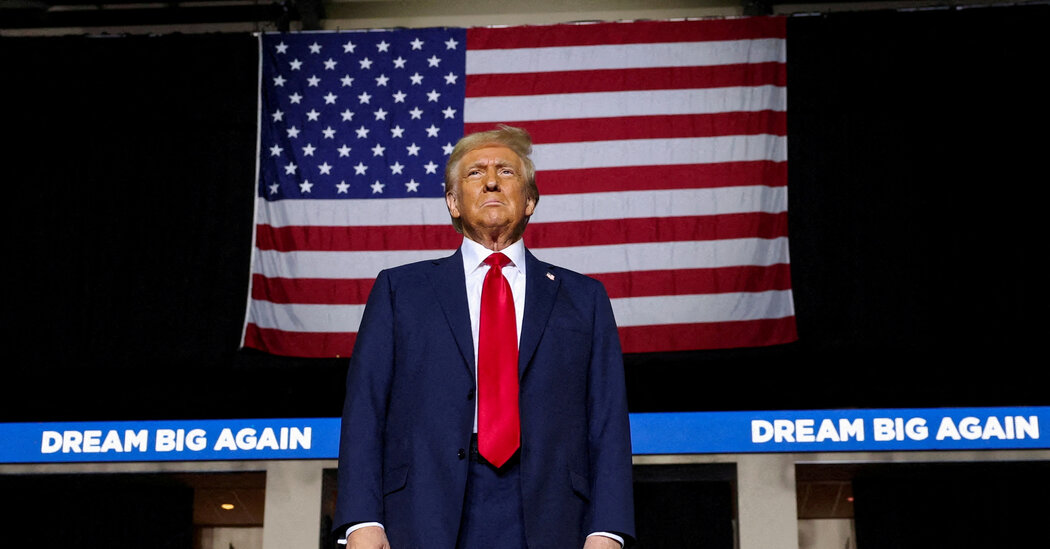Reverberation from Trump’s First Day in office: How U.S. Trade Policy Can Be Seen via Social Media Posts?
Europe, Japan and South Korea weren’t even mentioned in Trump’s announcement, but stocks have fallen there, too. That suggests rising fears that a new trade war could scramble global supply chains and dent profits.
But China may already be winning this first round. The additional 10% tariff on imports from China that Trump threatened Monday is a fraction of the 60% levy he called for during the campaign.
The losses reversed some of yesterday’s bounce. Investors were relieved after Trump picked Scott Bessent, the market-friendly hedge fund mogul, to run the Treasury Department.
But the reverberations show that it’s Trump calling the shots. The president-elect has made no secret of his desire to use tariffs to further his America-first agenda, and he has yet to announce his pick to be U.S. Trade Representative. (Another tariff supporter, Robert Lighthizer, is in the running.)
Trump might be just a negotiating tactic. Bill Ackman is a billionaire who supports Trump. But they are a reminder of how Trump set off alarm bells across diplomatic channels and international markets during his first term often via social media posts. Mohit Kumar, an economist at Jeffries wrote in a note this morning that checking the social media for any policy announcements could become a norm.
Trade Integratedness of the U.S. Auto Industry under Trump’s 2019 North American Free Trade Agreement and Mexican-Canadian Signed Agreement
A key example is the U.S. auto industry, which has grown up under the North American Free Trade Agreement and the successor treaty that Trump signed in 2020.
“I don’t think people quite grasp just how integrated the North American supply chain is,” says Scott Lincicome, a trade expert a the libertarian CATO Institute.
You would see an immediate increase in prices at the store. You’d see restaurants changing their menu so they could lower the amount of produce on their plates or raise the prices.
In just one high-profile example, the tariffs would raise the price of avocados less than three weeks before the Super Bowl — one of the biggest guacamole-eating days of the year.
Shoppers would see higher prices throughout the produce department, since Mexico and Canada supply 32% of the fresh fruit and 34% of the fresh vegetables sold in the U.S.
“One of President-elect Trump’s signature pledges during the campaign was to tamp down inflation and to reduce prices at the grocery store,” says Lance Jungmeyer, president of the Fresh Produce Association of the Americas, an importers trade group.
Canadian Prime Minister Justin Trudeau says he’s already spoken to Trump by telephone. The president of Mexico sent a letter. Both foreign leaders called for dialogue and cooperation.
Source: Trump’s tariffs may be targeted at others — but they could impact you too
Implications of a 25% tax on seamless trade for the US manufacturing industry in a slow-roll auto industry: “It’s getting harder and harder than expected”
“These days, certain automotive parts like a car seat can travel across international borders five or six times before finally ending up in a made-in-America automobile,” he adds. A 25% tax on seamless trade would cause serious harm to the manufacturing industry in the US.
